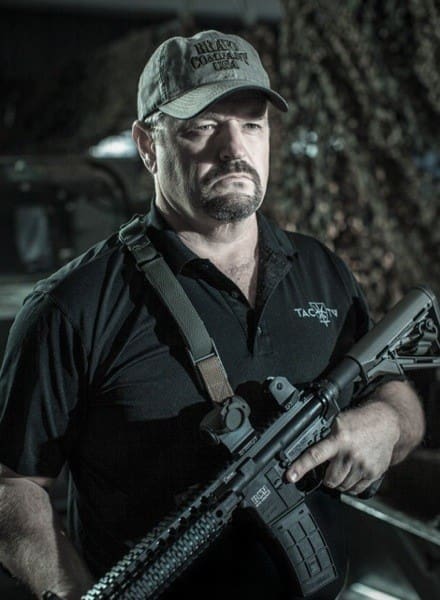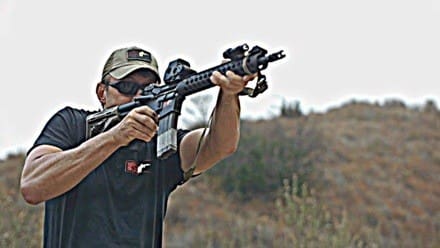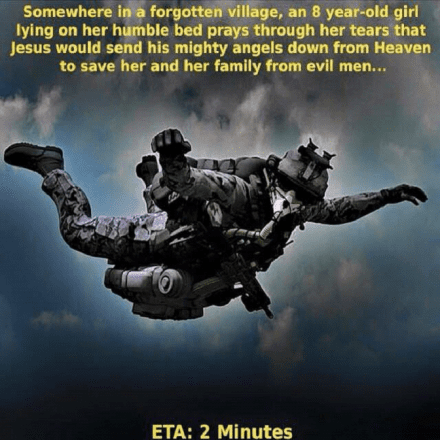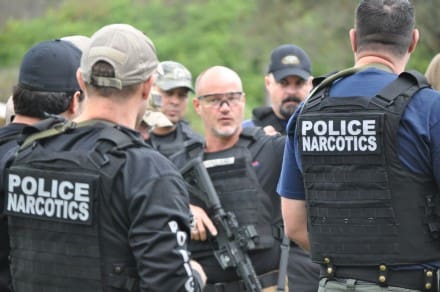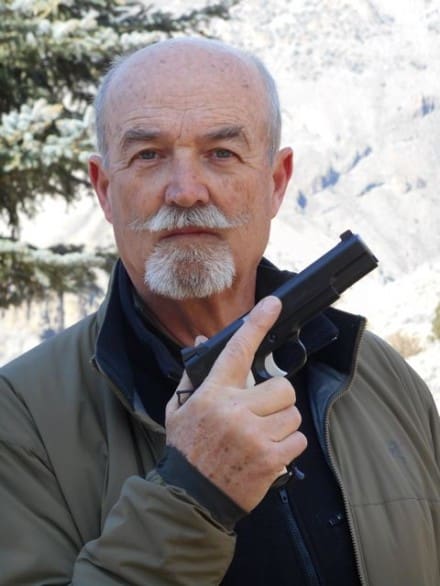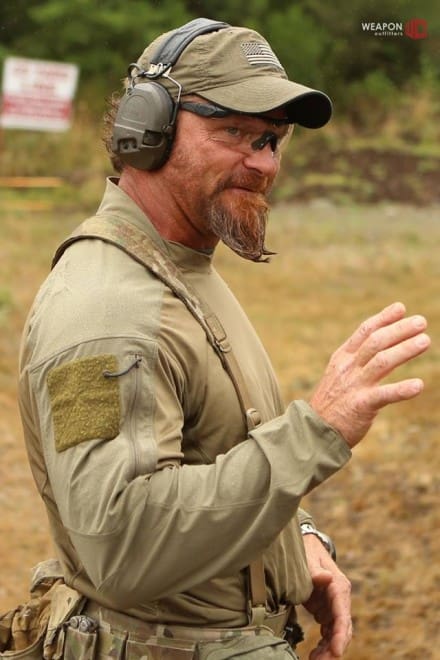Feeding Eugene Stoners Brainchild
This is just a quick one over based on my experience using for both training and operationally just about every magazine that will fit in the M16/M4/AR15.
First let’s look at the 3 critical components of a magazine: spring, follower and body.
Follower– A great deal of the early M16 magazine issues was due to bad follower geometry and design. Legs that were too short allowed them to tilt and bind causing failure. This portion of the magazine has seen the most changes and advances over time and has a great deal to do with reliability. The anti-tilt followers are pretty much the gold standard. It is so much so that nearly every aftermarket magazine I can think of and the new USGI magazines have anti-tilt followers in them and from field reports the new USGI magazines perform extremely well. All my mags in IZ were USGI with MAGPUL no tilt followers and they performed flawlessly.
Spring– Modern springs will easily outlast the body of the magazine. Early magazines suffered as well from older and less refined spring technology. Modern springs take an initial set when loaded but are not dramatically degraded by being left loaded for a very extended period of time (think years). Springs will fatigue when they are compressed and released in the firing cycle. Think of a piece of flat metal stock. Bending it doesn’t make it crack or fail. Bending it back and forth repeatedly causes metal fatigue which eventually will cause it to break. Over time and repeated use (and I mean a long time and lots of use) magazine springs will eventually fatigue enough to fail but not from being left loaded.
Body– Singularly the biggest cause of malfunctions in the modern incarnation of the USGI M16 and really any others for that matter is the body. If the feed lips begin to separate they change the original design geometry and will cause double feeds. This is not fixable in any consistent and reliable manner and so they should be replaced.
Common mistakes people make:
1.) Loading 31 rounds into a 30 round magazine. If you can’t press the top round down about 1/8” then you have overloaded the magazine. If you try and seat the magazine with the bolt forward on a live round it will be extremely difficult because the bullets cannot do down the required 1/8” or so. What happens if you hammer it in is they go out and at the weakest and most crucial point of the magazine, the feed lips. This causes accelerated wear and can permanently damage metal or polymer magazine which I have witnessed personally on more than a few occasions.
2.) Putting 550 cord loops under the base-plate on a GI magazine. It was not designed to be held by the 4 metal tabs at the base. Those tabs are only there to keep the base plate on. If you feel the need to do it, tape the 550 cord to the outside of the magazine with riggers tape.
3.) Not maintaining magazines properly. They should be cleaned when they have been used in field environments and left dry. DO NOT LUBRICATE MAGAZINES IT WILL HOLD DIRT AND DEBRIS AND CAUSE FAILURE TO FEED MALFUNCTIONS. Side note- do not over lubricate you rifle because it drains into the magazines causing said problem.
4.) Kicking, throwing, or generally abusing/misusing them. For instance, they can open bottles but they are not bottle openers. You fill in the rest from your experience. The only use for a magazine is to hold bullets and reliably feed your rifle.
5.) Not marking magazines. If not then people never really know which one failed and just keep recycling. Once a magazine malfunctions and it cannot be traced to debris, it will only get worse. Get rid of it. A little paint marker goes a long way.
6.) Believing magazines that don’t drop free are still serviceable. If you bought “non-drop free magazines” for your M4 please let me know where. One of the requirements for the US Military was that the empty magazine had to fall free from the rifle when the magazine release is pressed. If it doesn’t it means that on a GI magazine the feed lips are beginning to separate or on a polymer magazine the body is beginning to swell. Both are by that very fact unserviceable.
7.) GI magazines are crap. In the picture below you will see 3 magazines. The one with yellow marking is what I call the “magic magazine”. The only magic is if you don’t abuse your kit it will treat you well. It is marked 1-92 and I got it from a bucket of s#*t magazines in OTC. To this day it still runs fine and I have used it for 18 years. The other two “new magazines” are both 12 years old (5/03 & 6/03) with the only additions being one has a MAGPUL and the other a CMMG no tilt follower and I can’t even begin to estimate the round counts on any of them.
Myth
USGI magazines were only designed to hold 28 rounds. FALSE
Does anyone really believe that the US military would buy 5.56 magazines by the millions over the last 45 years (official fielding of the 30 round magazine in RVN was approximately 1970) that are spec’d for a 30 round capacity but (wink, wink, smirk) only really hold 28? That is absolutely absurd. The biggest current problems are stated above, overloading of the magazine, poor reloading technique (if you can’t get a 30 round magazine to seat with 30 rounds in it…news flash…it’s not the magazines fault) and third in the ultra-rare instance where the specs of the lower receiver, upper receiver and magazine don’t line up correctly. This can happen if the upper and lower are fit very tightly from the factory but is exceedingly rare. The looseness of the upper and lower by design actually allow damn near any magazine to fall within the collective specifications necessary to allow positive lock-up of a magazine…but back to short loading magazines. I once carried 28 rounds in all my magazines…that is until I went to the Operator Training Course at JSOC. There a gruff guy named Sam E. wasn’t buying it and told us we could do whatever we wanted IF we made it across the hall but here “you will have 30 rounds in every magazine you carry and 30+1 when you enter the breach point on every hit.” I never had a problem and never witnessed problems other than genuinely unserviceable magazines and that is with the incredible amount of shooting we did in that course. He was correct…it was a useless action based on out of date information.
So what do I use? I use primarily USGI magazines because they work great, they’re cheap, I already have a ton of them, they will fit in anything that has the appropriate lock-up geometry at the mag release for an M16/AR15 and they drop free very consistently. I designed the MagCap for USGI magazines (with the Marines in mind because of the IAR mag well not accepting many aftermarket magazines) so that the base was protected from dirt and damage and for an additional gripping surface without giving up any capacity. As I say “it’s the best thing to happen to the GI magazine since the no tilt follower.”

On the polymer side I used just about everything available but prefer Tango Down ARC Mk2 magazines. The 3 pictured were given to me to T&E in the summer of 2009. They were immediately loaded and were kept loaded or were fired and immediately reloaded nearly non-stop since then. Having been loaded and fired over 300 times each none of the 3 have malfunctioned or failed to drop free. Some people say the sealed bottom will hold water but most people carry magazines bullets down so dust doesn’t settle in them and if you put an ARC magazine in water, pull it out and fire it through your M4 there will be about 2.5 oz. of water in the bottom. The space is displaced by the bullets. It’s a non-issue as far as I am concerned.
There are lots of great magazines out there so whatever you choose to feed your rifle with then have at it. My biggest problem is that the entire magazine topic is littered with misconceptions based on conjecture, urban legends, improper use or abuse or driven by bad technique. Know why you do what you do and vet your own kit. Go out and test what I have put forth on your own and see what you come up with. Mine is based on lots of shooting and lots of record keeping.
– Mike Pannone
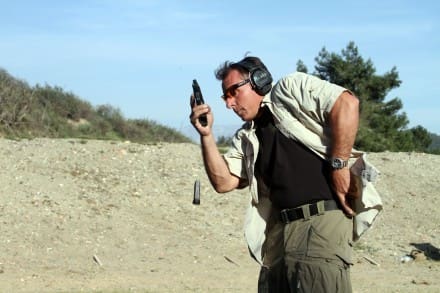
Mike Pannone retired from the Army’s premier assault force (1st SFOD-D) after an explosive breaching injury. A year after his retirement America was attacked on 9/11 and he returned to help serve his country as the head marksmanship instructor at the Federal Air Marshals training course and then moved to help stand up the FAMS Seattle field office. In 2003 he left the FAMS to serve as a PSD detail member and then a detail leader for the State Department during 2003 and 2004 in Baghdad and Tikrit.
In 2005 he served as a ground combat advisor of the Joint Counter IED Task Force and participated on combat operations with various units in Al Anbar province. Upon returning he gave IED awareness briefings to departing units and helped stand up a pre-Iraq surge rifle course with the Asymmetric Warfare Group as a lead instructor. With that experience as well as a career of special operations service in Marine Reconnaissance, Army Special Forces and JSOC to draw from he moved to the private sector teaching planning, leadership, marksmanship and tactics as well as authoring and co-authoring several books such as The M4 Handbook, AK Handbook and Tactical Pistol shooting. Mike also consults for several major rifle and accessory manufacturers to help them field the best possible equipment to the warfighter, law enforcement officer and upstanding civilian end user. He is considered a subject matter expert on the AR based Stoner platform in all its derivatives.
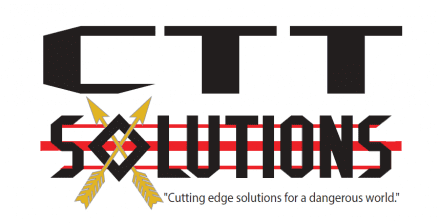
Gunfighter Moment is a weekly feature brought to you by Alias Training & Security Services. Each week Alias brings us a different Trainer and in turn they offer some words of wisdom.


